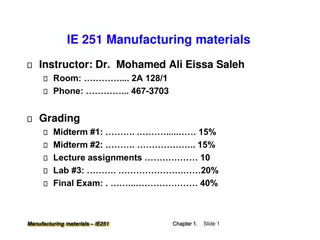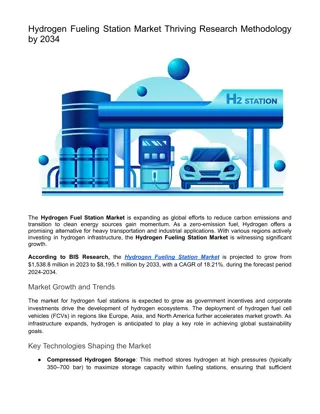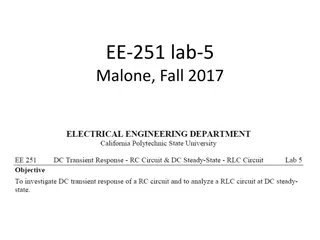
Plant Respiration Process: Sporogenesis and Glycolysis Explained
Explore the essential biological processes in plants - including sporogenesis and glycolysis - that are vital for energy production and cellular metabolism. Discover the key stages of megasporogenesis and microsporogenesis, as well as the significance of plant respiration in sustaining plant growth and survival. Dive into the detailed mechanisms of glycolysis and the transition reaction, shedding light on how plants extract energy from organic molecules. Uncover the intricacies of plant respiration and its role in the exchange of gases like oxygen and carbon dioxide in various plant tissues and organelles.
Uploaded on | 1 Views
Download Presentation

Please find below an Image/Link to download the presentation.
The content on the website is provided AS IS for your information and personal use only. It may not be sold, licensed, or shared on other websites without obtaining consent from the author. If you encounter any issues during the download, it is possible that the publisher has removed the file from their server.
You are allowed to download the files provided on this website for personal or commercial use, subject to the condition that they are used lawfully. All files are the property of their respective owners.
The content on the website is provided AS IS for your information and personal use only. It may not be sold, licensed, or shared on other websites without obtaining consent from the author.
E N D
Presentation Transcript
Mega & Micro Mega & Micro Sporogenesis Sporogenesis by Suvasree Sahu
Megasporogenesis Plant respiration is a fundamental biological process that occurs in all living plant cells. It is the metabolic process through which plants obtain energy by breaking down organic molecules and releasing waste products, similar to respiration in animals. While photosynthesis is often associated with plants as the process that produces energy, respiration is equally vital for their survival and growth. Plant respiration takes place in various plant tissues and cellular organelles, primarily in mitochondria, and involves the exchange of gases, such as oxygen and carbon dioxide, with the surrounding environment.
Microsporogenesis Glycolysis: The process of respiration in plants starts with glycolysis, which occurs in the cytoplasm of plant cells. During glycolysis, a molecule of glucose, a six-carbon sugar, is broken down into two molecules of pyruvate, a three-carbon compound. This process requires an input of energy and yields a small amount of ATP. Transition Reaction: After glycolysis, in aerobic conditions (presence of oxygen), the pyruvate produced enters the mitochondria, where it undergoes a transition reaction. In this step, each pyruvate molecule is converted into acetyl-CoA, releasing carbon dioxide as a by-product.











